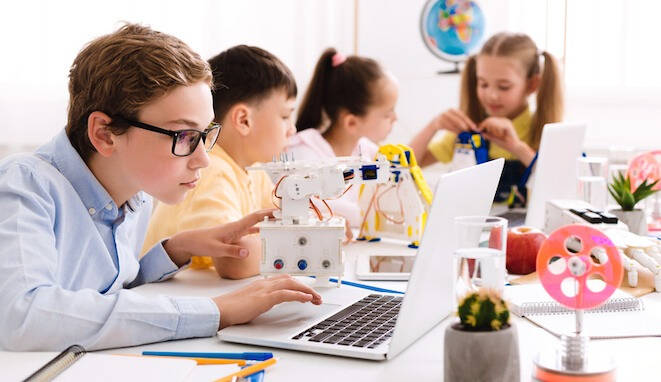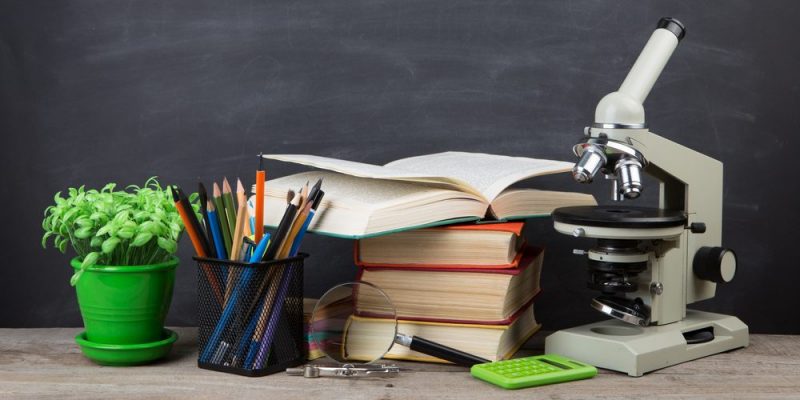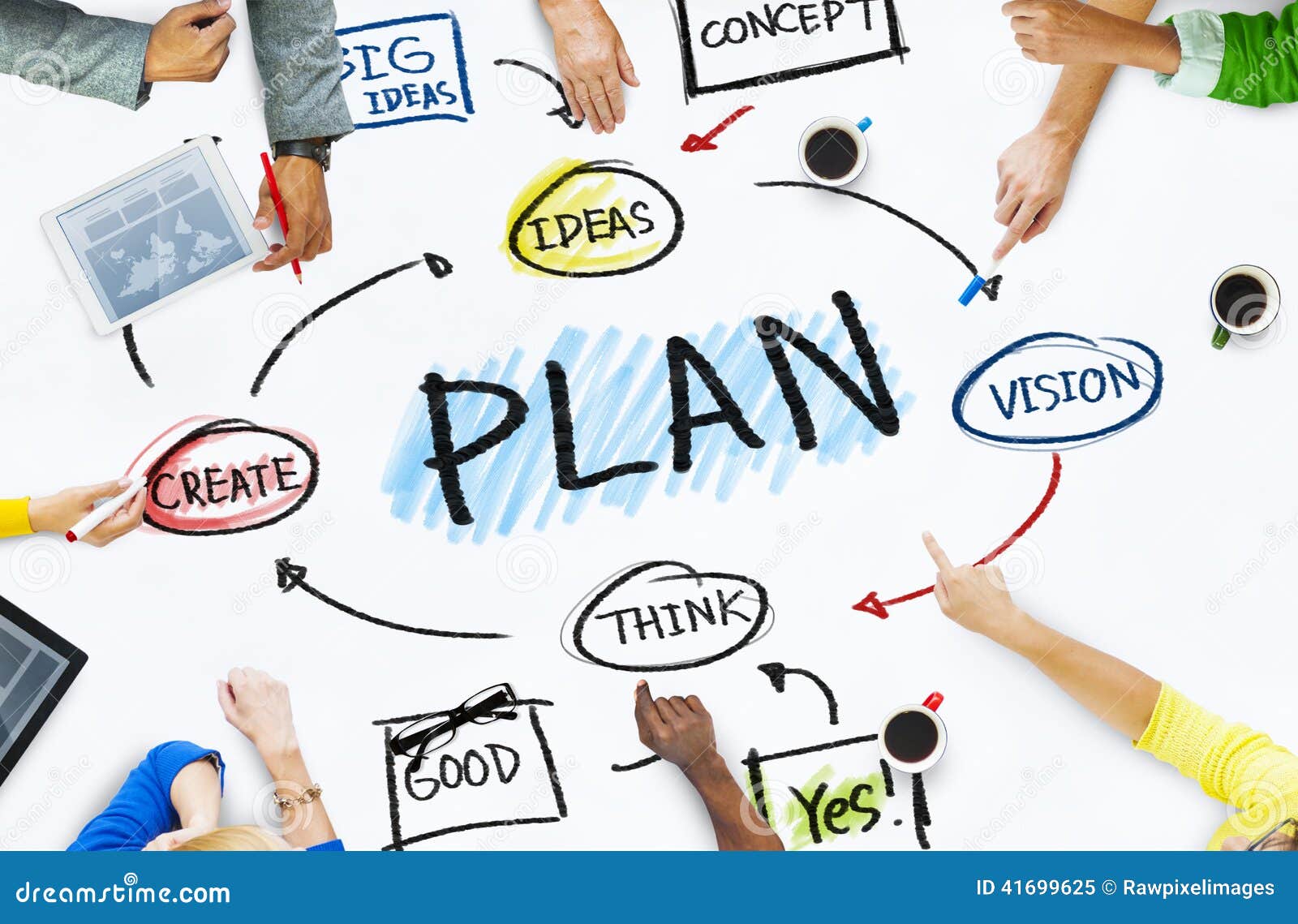MODELS AND PROCESS OF CURRICULUM
Welcome to this blog where we will be talking about various topics related to CURRICULUM, such as what it is, its etymology, its types, purpose, etc. So, stay here and follow us during this great and interesting path to deal with this topic in the education area. We hope you find important information about CURRICULUM and enjoy it.
Let's get started!!
What is the curriculum?
Throughout the years several authors have attempted to set meaning to this word, however, the meaning could change based because of education always need to be updated, also curriculum could have a different meaning around the world due to cultural context which could not allow adapting the same system in all countries. So in a narrow sense curriculum could be defined as a listing of subjects to be taught in school, on the other hand, in the broader sense the meaning would be the total learning experiences of the individuals. The curriculum is specific content that is influenced by modes of thoughts, pedagogies, political, as well as cultural experiences, furthermore, it is part of curriculum development.
What is curriculum development?
This is something that can cause confusion as curriculum development is different from the curriculum. C.D is about the construction of the program in a general sense. To develop it a process of selecting, organizing, executing, and evaluating learning experience on the basis of needs is required, taking into account the abilities and interest of learners. It's like a cooperative venture to achieve the aimed goals.
What is its etymology?
Latin word currere meaning "to run" or "to proceed", originally used to refer to "a race" or "the course of a race". and first formally labeled as "course of study" in the 17th century.
What are the models of Curriculum?
We have the traditional curriculum know as unconventional and modern curriculum called contemporary. As you can guess they both are totally different because education changes continuously, it needs to be updated. So, how different are they?
Traditional Curriculum or the unconventional was a Curriculum model which was focused on teacher-centered, that means that learners were passive agents in the learning process, they acted as empty recipients to be filled by teachers knowledge, discipline led and a standard program.
On the other hand, we have The Modern Curriculum, this model base its aim on student-centered, which is completely important because pupils are able to participate
in class actively, allowing learners to develop critical thinking through problem-based activities, interact with each other to share ideas and consequently get knowledge from each other. Here the teacher works as a facilitator of that knowledge a guide to achieve the goals established by the curriculum.




Comentarios
Publicar un comentario